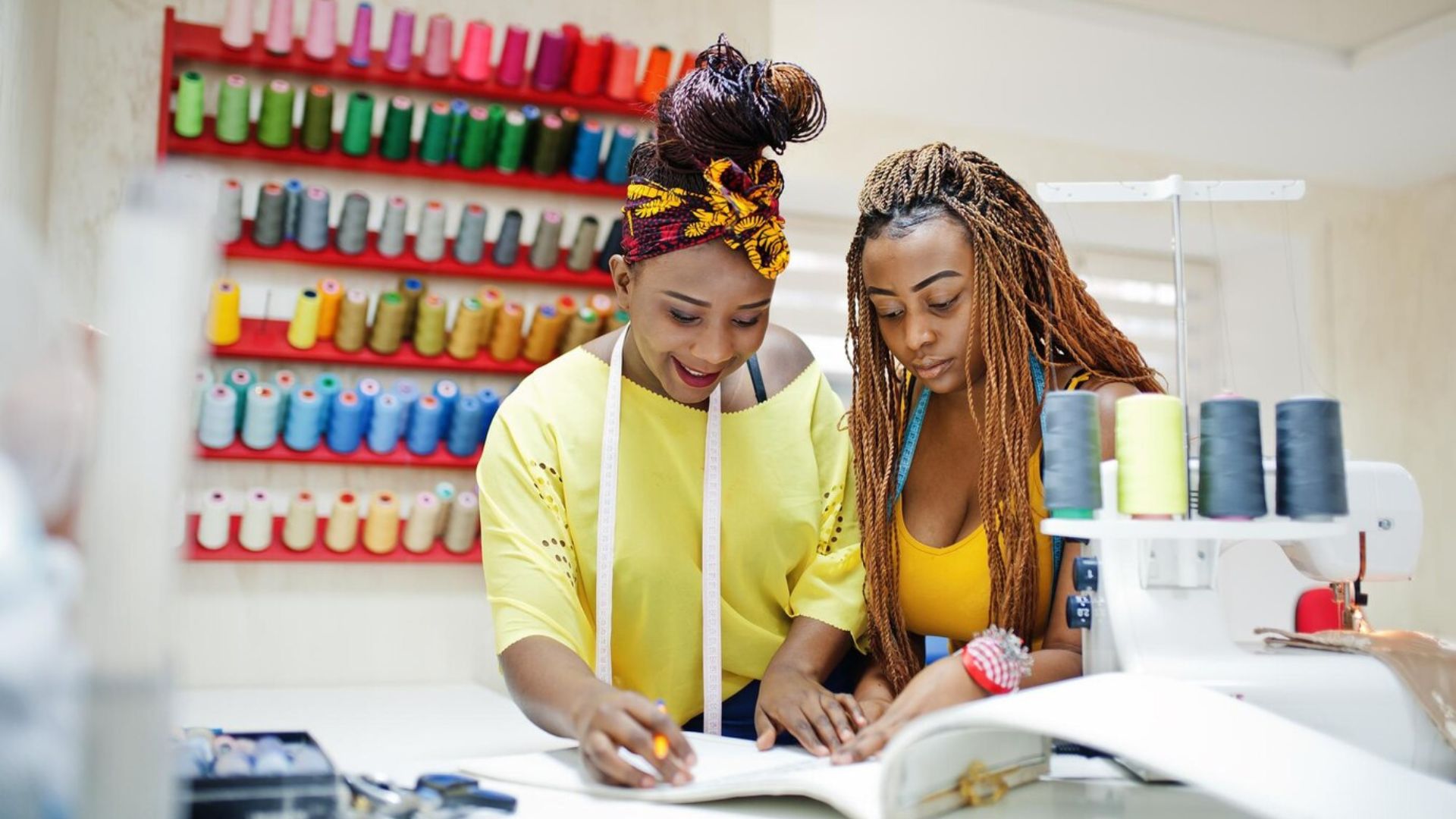
|
Getting your Trinity Audio player ready...
|
Fashion and design have long been celebrated as powerful forms of self-expression, with the ability to shape cultural narratives and redefine societal norms. The decision to embark on a journey of studying fashion and design is not merely a pursuit of aesthetics; it is a transformative experience that offers a myriad of advantages, both personal and professional.

1. Creative Expression and Innovation
At the core of studying fashion and design is the opportunity to unleash and refine one’s creative instincts just like an Ox Drawn Plough‘s creativity with a single-furrow design. It’s a journey that encourages individuals to think beyond conventional boundaries, fostering innovation and originality. The design process becomes a vehicle for personal expression, allowing students to translate their ideas into tangible, visually captivating forms.
2. Versatility and Adaptability
The fashion and design industry is dynamic, reflecting the ever-evolving tastes and preferences of a global audience. Studying in this field equips individuals with the ability to adapt to changes swiftly. From emerging trends to technological advancements in the fashion industry, students learn to navigate the fast-paced nature of the industry, making them versatile professionals.
3. Practical Skills Development
Beyond the conceptual aspects, fashion and design education emphasizes hands-on learning. Students acquire practical skills, ranging from pattern-making and sewing to digital design and trend analysis. These skills are not just confined to the realm of fashion but extend to various industries, making graduates highly employable in diverse fields.
4. Global Perspective and Cultural Sensitivity
Fashion is a universal language that transcends borders. Studying fashion and design exposes individuals to a rich tapestry of global influences, fostering cultural sensitivity. This global perspective is invaluable in an interconnected world where collaboration and cross-cultural understanding are essential.
5. Entrepreneurial Opportunities
The fashion and design landscape is conducive to entrepreneurial endeavours. Many successful designers and entrepreneurs started their journey through education in fashion and design. Studying in this field provides insights into the business side of the industry, empowering individuals to launch their brands or contribute meaningfully to established ones.
6. Networking and Industry Exposure
Fashion and design institutions often facilitate connections with industry professionals through internships, workshops, and collaborations. These networking opportunities can open doors to internships, mentorships, and even job placements, offering students a firsthand look into the workings of the industry.
7. Personal Growth and Confidence
The challenges presented in the pursuit of fashion and design education contribute significantly to personal growth. From presenting design concepts to handling critiques, students develop resilience and confidence. These qualities are assets not only in the creative field but in various aspects of life.
8. Sustainability and Ethical Practices
In recent years, there has been a growing emphasis on sustainability and ethical practices in the fashion and design industry. Studying in this field exposes individuals to the importance of responsible production, eco-friendly materials, and fair labour practices. Graduates are equipped to contribute to the industry’s shift towards more sustainable and ethical practices, aligning with the contemporary values of global consumers.
9. Influence on Cultural Narratives
Fashion and design are powerful tools for influencing cultural narratives and challenging societal norms. Studying in this field provides individuals with the platform to address pressing social issues through their creations. Many designers use their work to advocate for inclusivity, diversity, and other meaningful causes, contributing to positive change on a broader scale.
10. Continuous Learning and Adaptation
The fashion and design landscape is characterized by constant change, driven by evolving trends, technologies, and consumer preferences. Engaging in continuous learning is inherent in the field, encouraging individuals to stay updated with industry advancements. This mindset of adaptability prepares graduates to thrive in professions that demand ongoing innovation and learning.
11. Cross-Disciplinary Collaboration
Fashion and design intersect with various disciplines, including technology, business, and healthcare. Studying in this field fosters an appreciation for cross-disciplinary collaboration. Graduates often find themselves well-positioned to collaborate with professionals from diverse backgrounds, leading to innovative solutions and groundbreaking projects.
12. Critical Thinking and Problem-Solving
The design process involves critical thinking and problem-solving at every stage. Students learn to analyze challenges, find creative solutions, and adapt their approaches based on project requirements. These problem-solving skills are transferable to numerous other fields, making fashion and design graduates valuable assets in a range of industries.
13. Exposure to Industry Tools and Software
Fashion and design education often involves hands-on experience with industry-standard tools that can also be found in Zim 1 Hardware. From computer-aided design (CAD) software to virtual prototyping tools, students become proficient in using technologies that are integral to modern design practices. This exposure enhances their technical skills and readiness for the digital age.
14. Portfolio Development
One of the key outcomes of studying fashion and design is the creation of a comprehensive portfolio. This portfolio showcases a student’s progression, creativity, and proficiency in various design elements. A well-crafted portfolio becomes an essential asset when seeking employment or pursuing entrepreneurial ventures in the competitive design industry.
Conclusion
In conclusion, studying fashion and design transcends the mere acquisition of skills; it’s a holistic journey that shapes individuals personally and professionally. From fostering creativity and adaptability to providing entrepreneurial avenues, the advantages are as diverse as the designs that emerge from this vibrant and transformative field. Embarking on this educational path is not just an investment in a career; it’s an investment in a lifelong journey of creative exploration and self-discovery.
You might also be interested in the following:
